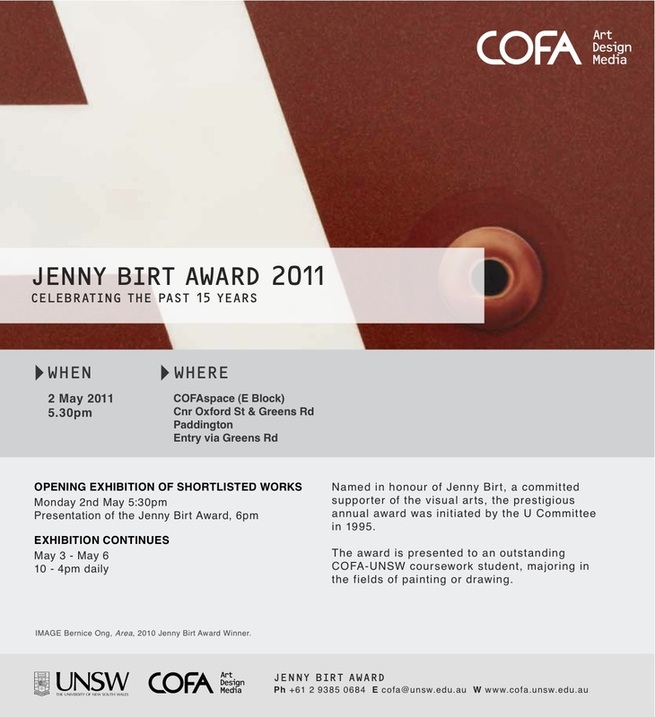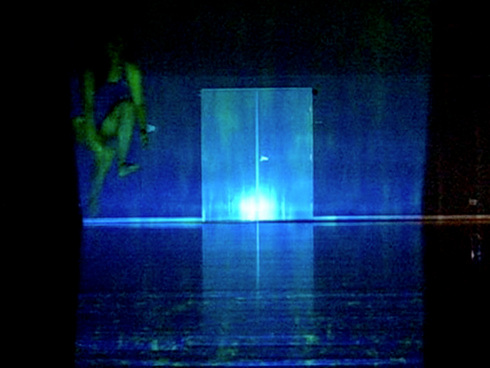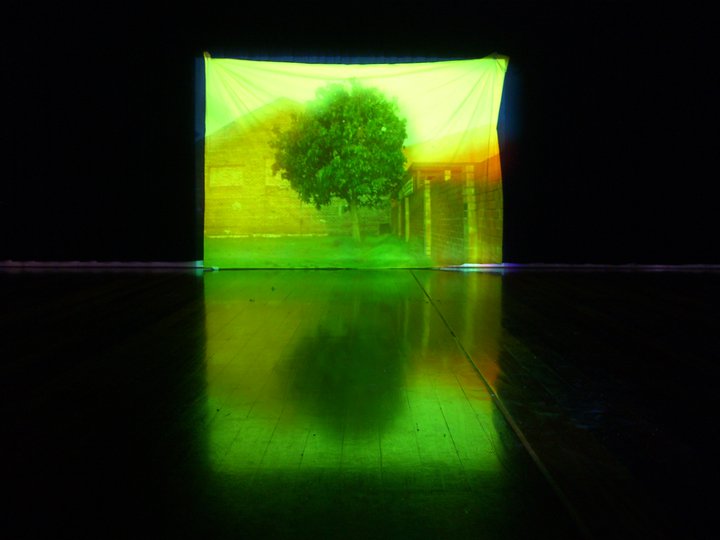|
0 Comments
I've just been introduced to Umberto Eco's The Open Work (1989).
Gosh, what a wonderful read! Here is an abstract from the book - and strangely enough the example of a road sign lies within: To avoid any confusion in terminology, it is important to specify that here the definition of the "open work," despite its relevance in formulating a fresh dialectics between the work of art and its performer, still requires to be separated from other conventional applications of this term. Aesthetic theorists, for example, often have recourse to the notions of "completeness" an "openness" in connection with a given work of art. These two expressions refer to a standard situation of which we are all aware in our reception of a work of art: we see it as the end product of an author's effort to arrange a sequence of communicative effects in such a way that each individual addressee can refashion the original composition devised by the author. The addressee is bound to enter into an interplay of stimulus and response which depends on his unique capacity for sensitive reception of the piece. In this sense the author presents a finished product with the intention that this particular composition should be appreciated and received in the same form as he devised it. As he reacts to the play of stimuli and his own response to their patterning, the individual addressee is bound to supply his own existential credentials, the sense conditioning which is peculiarly his own, a defined culture, a set of tastes, personal inclinations, and prejudices. This, his comprehension of the original artifact is always modified by his particular and individual perspective. In fact, the form of the work of art gains aesthetic validity precisely in proportion to the number of different perspectives from which it can be viewed and understood. These give it a wealth of different resonances and echoes without impairing its original essence; a road traffic sign, on the other hand, can be viewed in only one sense, and, if it is transfigured into some fantastic meaning by an imaginative driver, it merely ceases to be that particular traffic sign with that particular meaning. A work of art therefore, is a complete and closed form in its uniqueness as a balanced organic whole, while at the same time constituting an open product on account of its susceptibility to countless different interpretations which do not impinge on its unadulterable specificity. Hence, every reception of a work of art is both an interpretation and a performance of it, because in every reception the work takes on fresh perspective for itself. (pp. 3, 4) |
AboutThoughts about things. Archives
July 2019
Categories |






 RSS Feed
RSS Feed
